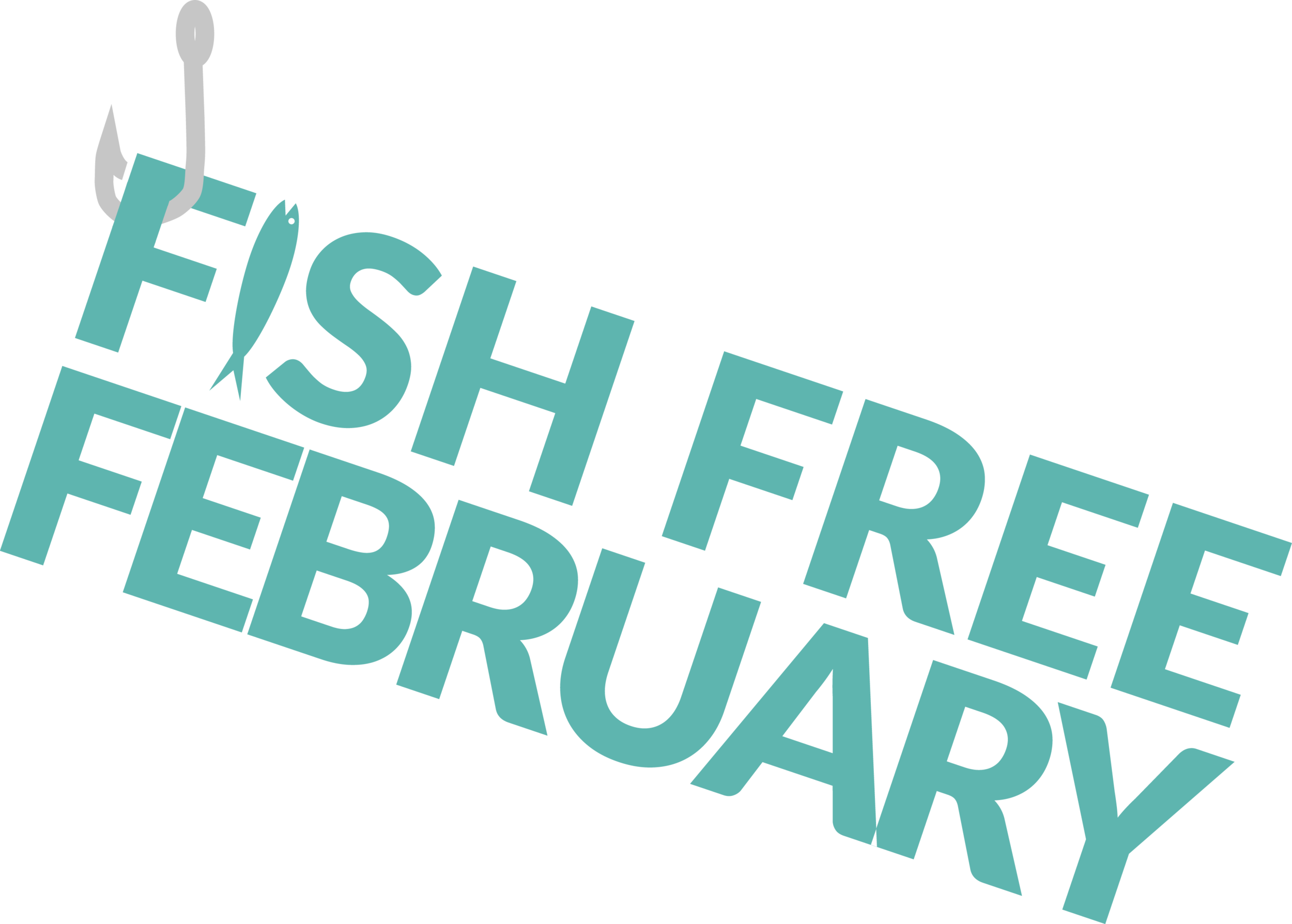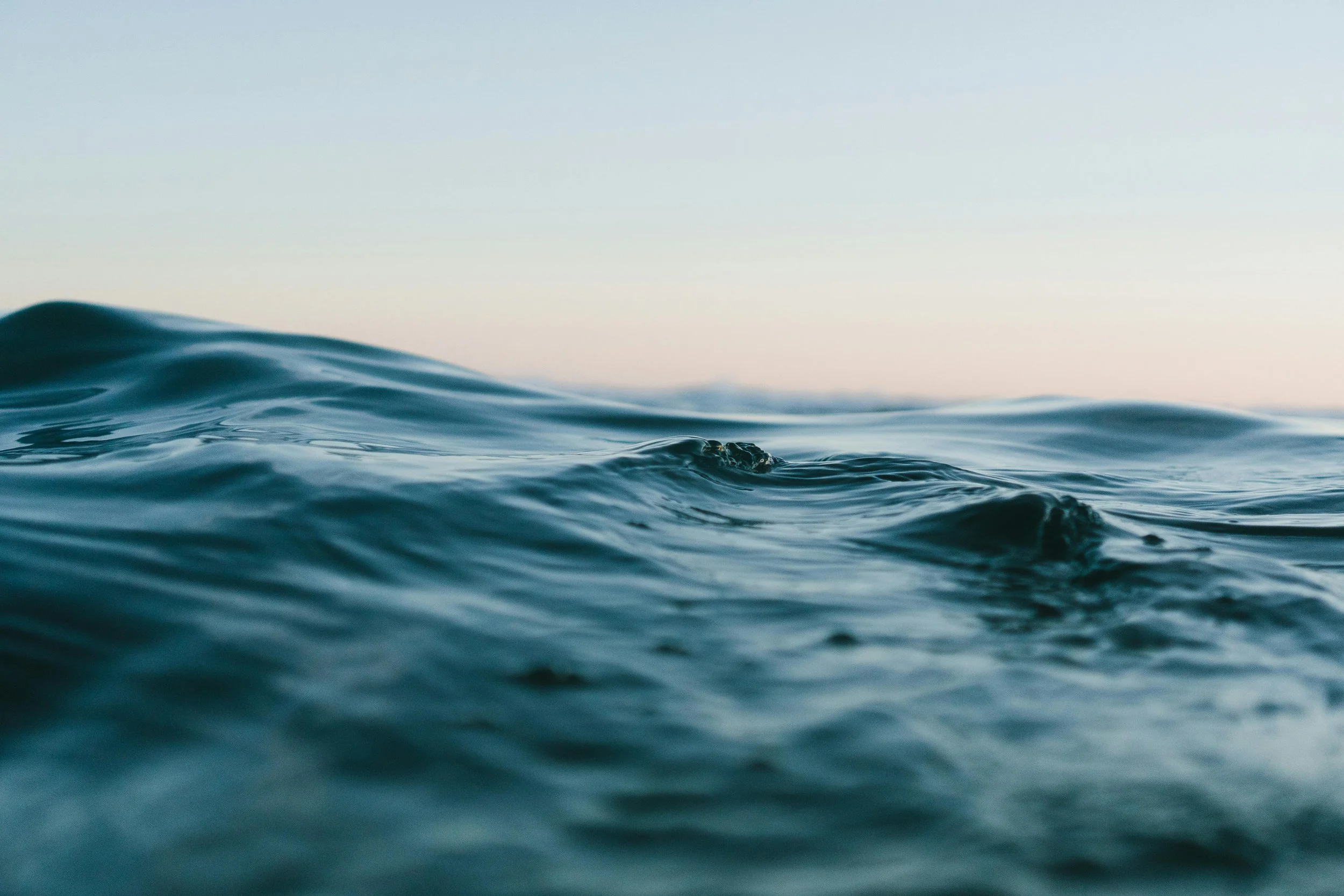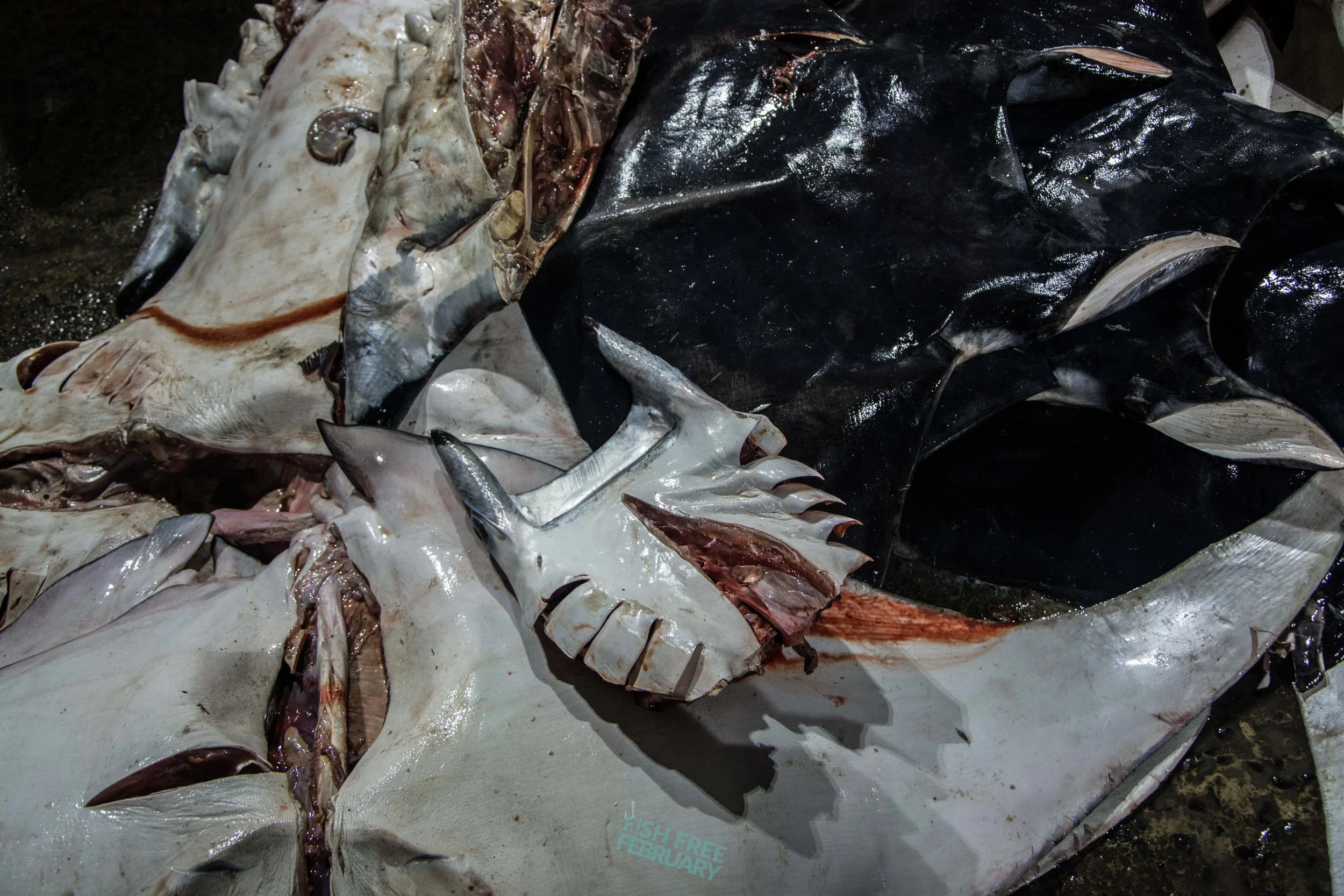
FIRST OF ALL… NOT ALL FISHING IS BAD!
When done on a small scale and using selective fishing gears, fishing can be sustainable. However, the vast majority of the seafood we consume comes from industrial fisheries with multiple conservation challenges that we want to shed light on.
Illegal and Unreported Fishing Accounts for Up to 26 Million Tonnes Annually
Illegal and Unreported Fishing Accounts for Up to 26 Million Tonnes Annually
Mackerel Stocks Have Declined by Over 60% Since 2015
Our Focus Areas:
Why our oceans are at risk
Industrial fishing is driving our oceans to collapse, with 1–2.7 trillion fish caught every year and 90% of fish stocks now overexploited. There are no longer “plenty more fish in the sea.”
the hidden cost of fishing
When seafood is caught, other marine life such as dolphins, sharks & seabirds often pays the price often unintentionally killed by destructive methods such as trawling & longlining.
The oceans silent killers
Lost or abandoned fishing nets, known as ghost nets, keep killing long after they’re discarded. These invisible threats drift for years, trapping marine life.
Unmasking seafood deception
Seafood mislabeling is rampant. Often, fish sold in stores or restaurants isn’t what it claims to be, sometimes it’s even endangered species.
WHAT CAN YOU DO?
We would ask you to take part in #fishfreefebruary and vow to remove all seafood from your diet for the month. We’ve picked the shortest month so it should be easier!
Throughout February (and the lead up to it) we shed some light on the environmental concerns that come with putting a seafood on your plate.
Don’t stop there though! See how you can take action and see how your diet can continue to make a positive impact on our oceans year-round









